On August 4, 2020, Beirut was torn apart. In the historic neighborhoods of Gemmayzeh and Mar Mikhael, life was not just interrupted; it was vaporized. This is an intimate look at the people who lived the nightmare, chose to stay, and are still trying to piece their world back together, five years on.
6:07pm, 4/08/2020
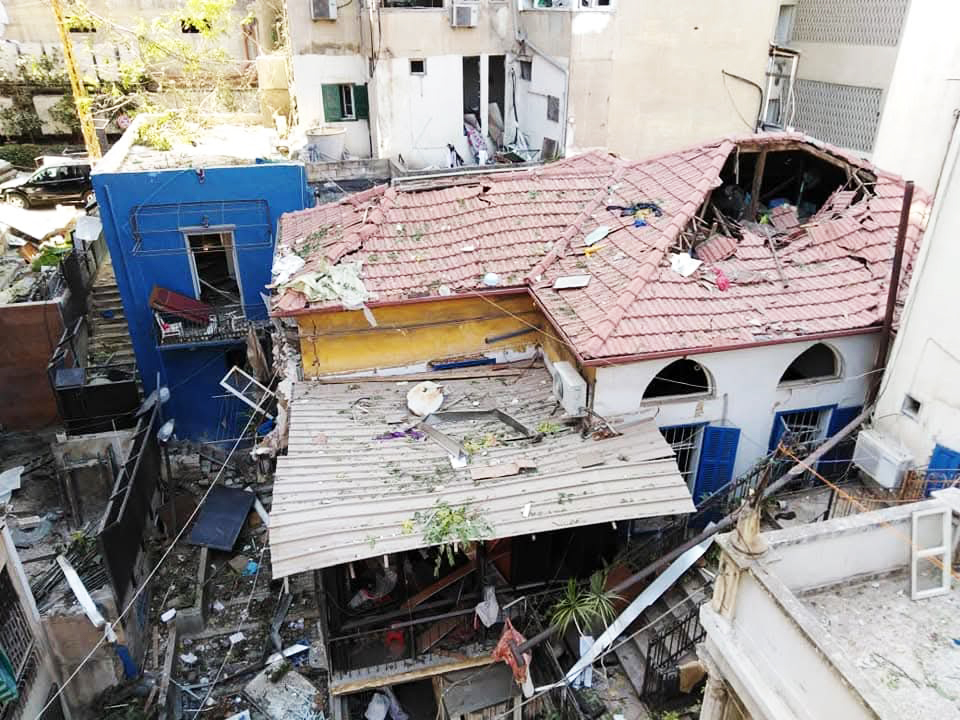
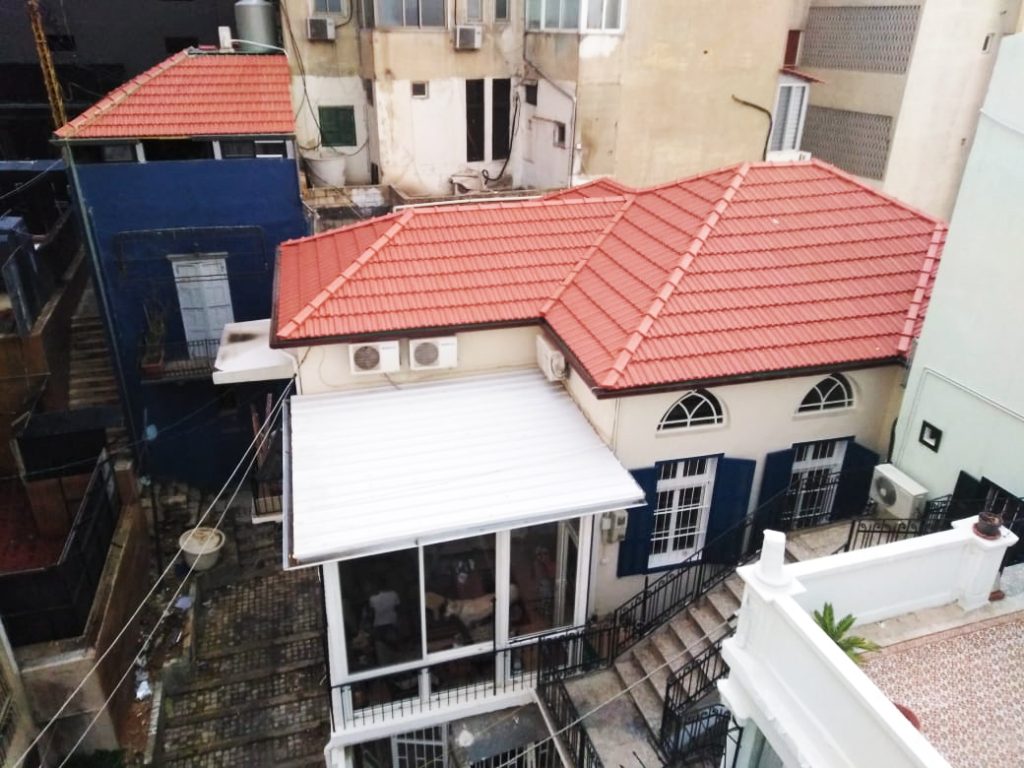
Hassan Hammoud was watering the plants outside his Gemmayzeh restaurant, Dar Beirut, when the explosion happened in a blink. “Everything was suddenly destroyed, and we could not understand.”
The first thing that came to Hammoud’s mind was to make sure he was alive. “I started feeling my whole body until I noticed blood coming out of my eye.”
Walking through Gemmayzeh and Ashrafieh, trying to find a hospital to treat his injury, Hammoud describes the scenes of killed and injured people on the streets as a nightmare seen only in horror movies.
A few streets away, Rita Nassar was taking out the trash. “I flew and I screamed a lot, there was a lot of dust… I saw everything was destroyed.” Inside her art workshop, prayers continued to play on the radio.
For those who weren’t there, the return was a descent into a nightmare. Elias Mahfouz, whose supermarket in Karantina was obliterated, raced back from the north. “The destruction was awful… I could not access the shop. The entrance was closed, so I entered through a small hole.” His first thought was of his brother and father, who lived upstairs. Both were severely injured.
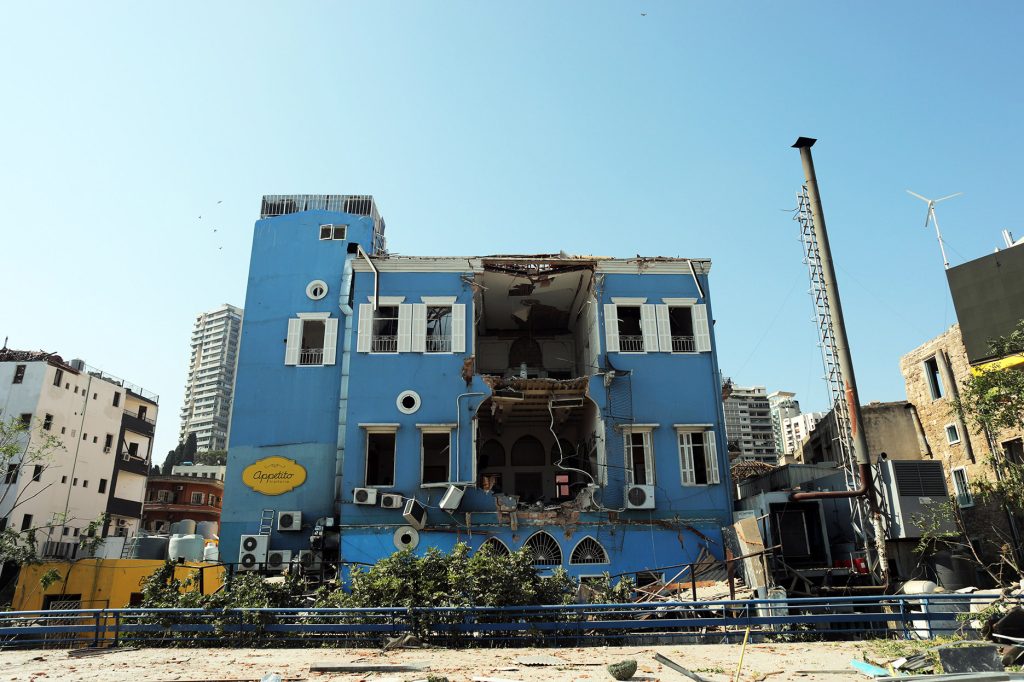
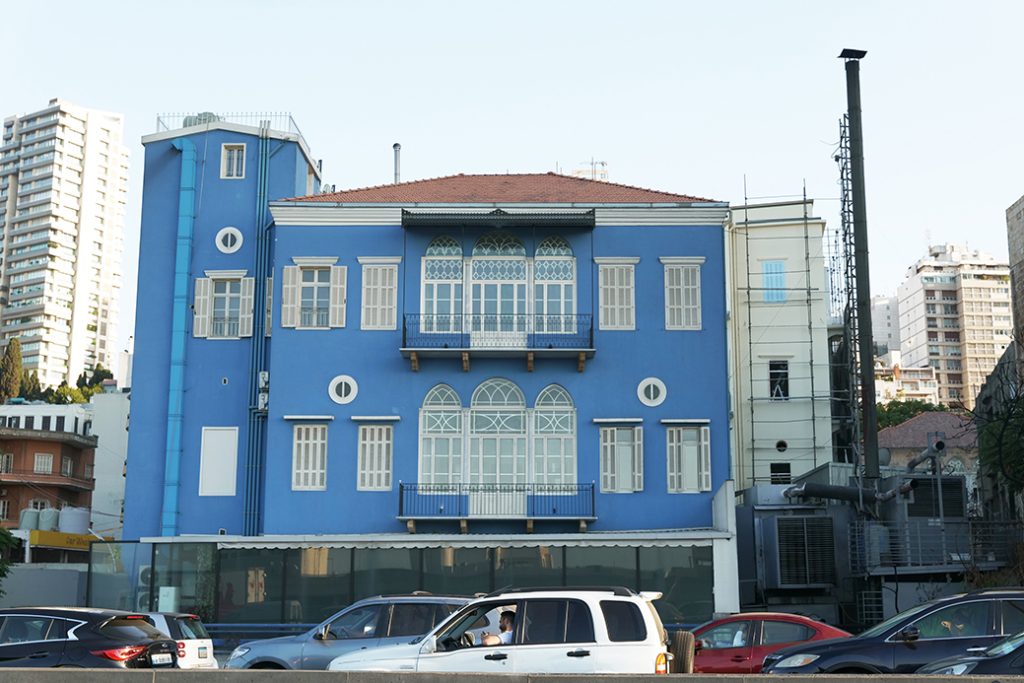
The immediate aftermath was a silent film of horror, dust-choked and bloodied. Patricia Bekhazi, who was in her family home with her mother and sister, described a city in shock: “In one moment, our house turned upside down. The windows and doors were fully destroyed,” she said.
Bekhazi rushed to her balcony in fear, trying to understand the nature of the catastrophe that had knocked down her house in seconds. “What I saw was terrifying. The whole area was shattered, dusty, and in full chaos.” Bekhazi and her mother had to wait for the next day to treat their injuries, as hospitals were either wrecked or unable to receive more casualties.
Bassam Gholam, a lawyer from Mar Mikhael whose family has lived there for 300 years, arrived at his mother’s house in Mar Mikhael at the time of the explosion. “I saw people killed in front of me… buildings that have fallen and gas cylinders that may explode at any time.”
Gholam was devastated to see the roof of his family’s house on the ground, with his mother and uncle injured.
The first responders: A people abandoned
In the vacuum left by an absent government, the first responders were neighbors, strangers, and a generation of young Lebanese who mobilized overnight.
Karantina supermarket owner Mahfouz, surrounded by the ruin of his life’s work, found salvation in them. “After three days, I gathered my employees… Groups of people holding cleaning detergents started coming to my shop to help. They offered support and saved me.”
“They came with brooms and buckets, with nylon sheets to cover shattered windows, and with a fierce, shared purpose.”
Bekhazi remembers them materializing from the dust. “People came to help remove the debris. We used to call them from the roads… They closed our windows with nylon until we fix them again.”
This was not aid from above; it was solidarity from the ground up. It was the only thing that worked. “In big disasters, the Lebanese help each other,” Gholam stated, a simple fact in a country where official institutions have so often failed.
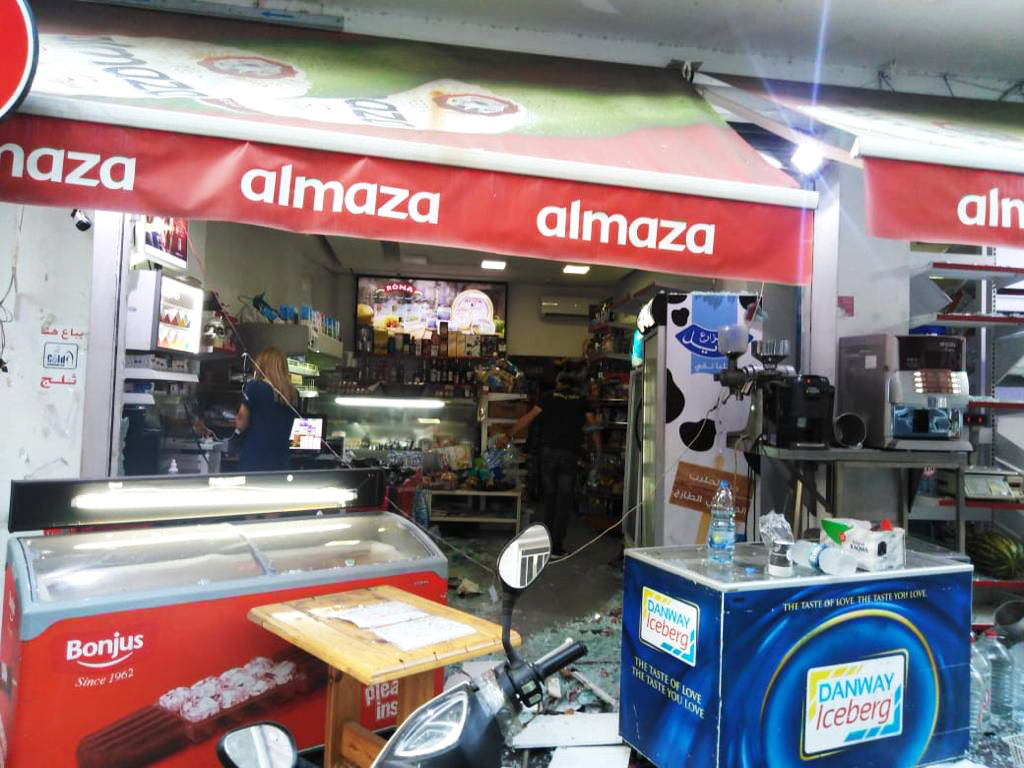
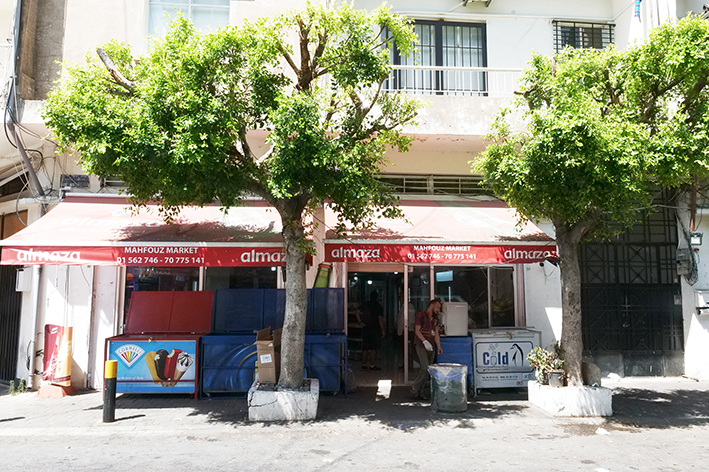
Three days after the explosion, Hammoud visited his Gemmayze restaurant crying, feeling helpless, until passersby offered to help him clear the debris from his shop. “It’s amazing how people rushed to our support,” he said.
The long, lonely road back to zero
The cleanup was the easy part. The rebuild was a marathon of despair fought against an economic collapse, a pandemic, and a currency in freefall.
For Mahfouz, the hardest moment was not the destruction, but the reconstruction. “I saw that all my efforts were gone. I was throwing the ice cream refrigerators, the air conditioners… How am I going to repeat this?”
With no electricity, Mahfouz lost his dairy business. His solution was solitary, back-breaking labor. “Then came solar energy. I brought the equipment myself to use in my shop. I did it myself to save money.” He found an online job outside Lebanon to get foreign currency that his own bank wouldn’t give him. “I started rising little by little,” he said, but his capital had vanished. “I could not fill more than one-third of the shop.”
The financial calculations became surreal. Hammoud’s restaurant sustained 100,000 U.S. dollars in damage. “I brought an architect, my friend, and told her I have 5,000 U.S. dollars to fix my shop.”
Hammoud began repairing his restaurant with what little cash he had, patching the kitchen and managing deliveries with only a few employees. Clients offered him small donations, NGOs provided support, and eventually the restaurant reopened.
With support from an NGO, Rita Nassar reopened her art space for children who were also affected by the explosion. She still walked cautiously through the streets, but the workshop had become her reason to keep going.
Bekhazi and her family gradually rebuilt their home, securing broken windows with nylon to endure winter nights and repairing walls as they could afford.
Gholam’s family had to wait months before they could restore and then return to their historic Mar Mikhael house with support from NGOs.
The new map of the city: nostalgia and fear
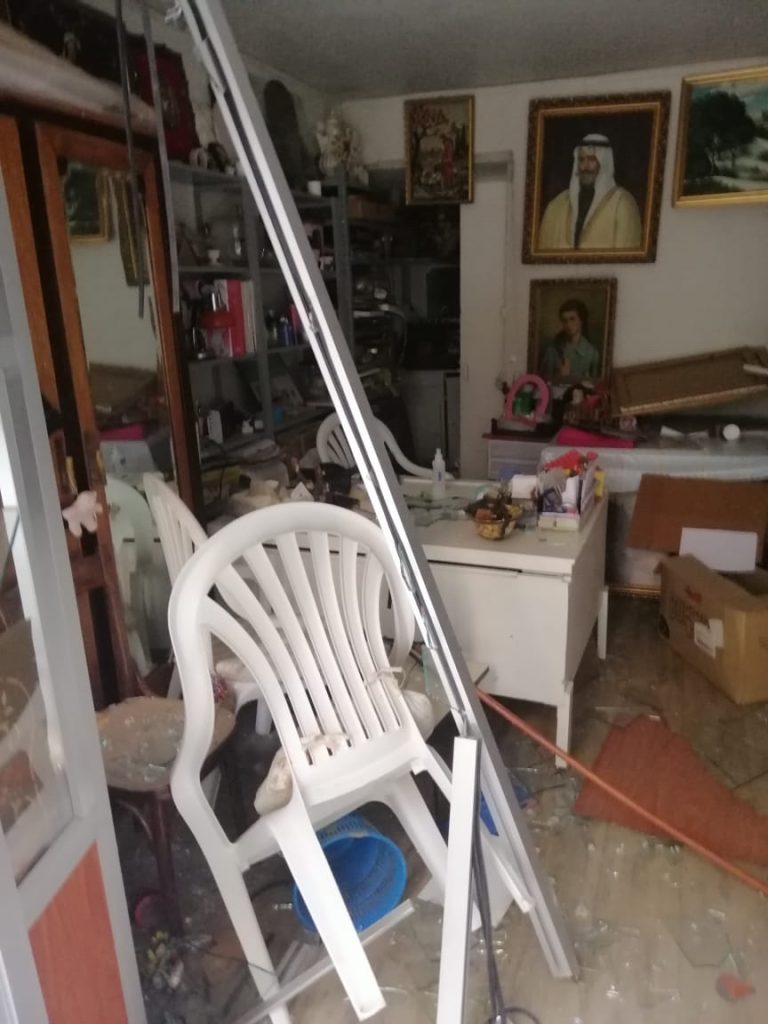
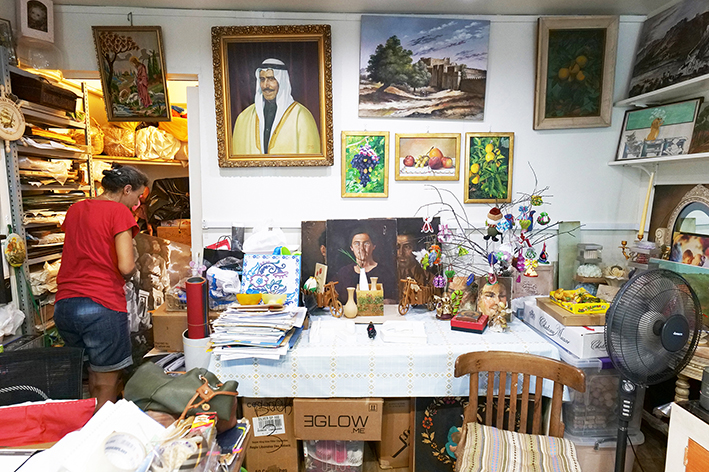
Rita Nassar expresses deep nostalgia and grief for her pre-blast neighborhood. “I do not like the new Gemmayzeh. I love the old one… You had old professions working in the street; it was beautiful here.” The blast accelerated a change she laments: pubs and Airbnb apartments replacing a community of artisans and multi-generational families.
Bassam Gholam looks out at a neighborhood emptied of its soul. “Only 10 percent of the people who lived here before the explosion returned.” A 2023 cluster-based survey by Beirut Urban Lab found that nearly 25 percent of residents in heavily impacted areas had not returned to their homes.
And of course, residual fears remain. Sudden noises, rattling glass, or the sound of planes overhead can trigger panic.
“I have some panic,” admits Hammoud. “Three years ago, the glass behind me started shaking, and we jumped.” Bekhazi doesn’t leave the area. “If I hear the sound of a plane, I get a panic attack. I cannot hear loud sounds.”
Healing and prolonged trauma
So, has Beirut healed? The answer from its residents is a unified, painful no.
“People did not heal. They will not heal properly,” says Mahfouz. “People remember it every day. Especially people who were injured or lost a relative. How can they forget?”
Bekhazi feels the pain sharpen with time. “Every year the pain gets worse… We just don’t like to nag, and nobody listens anyway.” For Gholam, the lack of accountability is the hardest to reckon with.
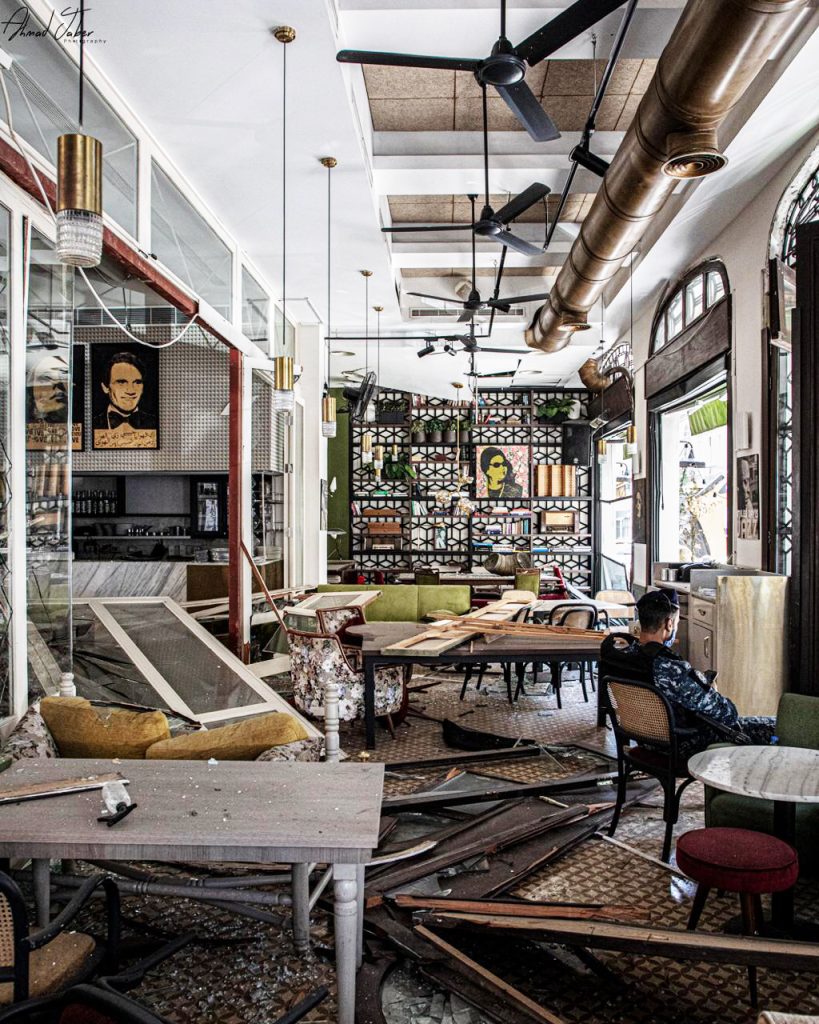
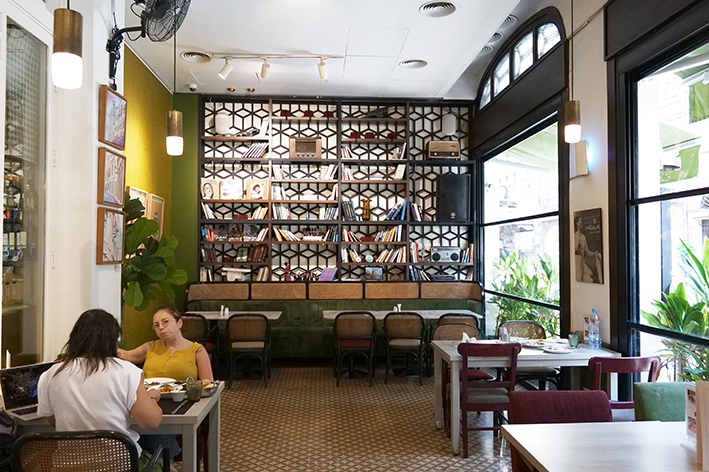
Yet, within this unresolved grief, a sense of defiance has become a means of recovery. For Hammoud, it is the love for his clients, who became family and then saviors. For Gholam, it is the weight of history in the stones of his family home, built in 1870. “This is the house of our grandparents,” he says.
Mahfouz, surrounded by the shelves he slowly refilled, sees his shop as a child. “It is very precious, just like a son of mine.” He knows another disaster would be the end, but he is still adding capital and hoping for the best.
Dana Helo is a Beirut- based journalist

